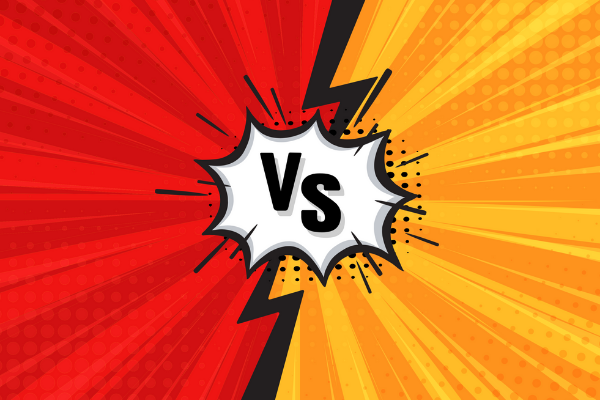We are asked all the time what the difference between the two words is and which of them is more important. Well, in the case of branding vs marketing, you don’t have anything to buoy your marketing bandwidth unless you first have branding elements and identity. They are distinctly stand-alone entities and yet, they do their best work when collaborating together. So, why branding first?
Branding is the visible, outward representation of a company. It’s the way it looks, sounds, and feels, and it’s the first thing about a company that people notice. Seth Godin defines it as “a set of expectations, memories, stories, and relationships that—looked at together—account for a consumer’s decision to choose one product or service over another. If the consumer doesn’t pay a premium, make a selection or spread the good word, then no brand value exists for that consumer.”
Marketing on the other hand is an essential business tool utilized to spread the word about a widget (service or product). What matters most in marketing is how you communicate what you do or sell so that others will take interest in it, buy it, support it, join it, and tell their friends about it.
Think about it this way. Branding is WHY. Marketing is HOW. Marketing may contribute to a brand, but branding is bigger than any one particular marketing effort. A brand is what remains after marketing has swept through the room. It’s what sticks in a consumer’s mind as the association with a product, service, or organization—whether or not, at a particular moment they actually buy.
Branding is visceral and is all about how you want your customer to feel when they interact with your company. Strong brand awareness is what determines if someone will become a raving fan or not. Marketing may convince them to buy a particular car, but it is the branding that determines if they will only buy a certain brand of car for the rest of their life. Bottom line, when done right, branding acts as the center spoke of your marketing wheel.
The answers to these questions are fundamental and core to what your brand represents:
- How do you want your customer to feel when they interact with your company?
- What is your organization’s mission, values and belief system?
- How do you describe your business’ personality?
- How do you indicate what makes you different from competitors visually and verbally?
Branding should both precede and underlie any marketing outreach. Branding is about the push, not the pull and thus directly supports whatever sales or marketing activities are in play, but branding itself is not what elicits the “Buy me.” That is where marketing takes the stage.
Marketing is tactical. It answers the “how.” It oftentimes is the reason someone thought to buy in the first place. It supports sales by locating and romancing qualified leads to help with the sales conversion. Good marketing should readily communicate your brand’s promise. It should also be what we here at re-tool® call “sticky”, does it make sense and resonate and stick with your desired demographic?
Strong marketing strategy should answer these questions:
- Who is your ideal persona/demographic?
- How do you best share how your brand is different and unique (its purple cow) from its competitors?
- Why should your customer care about what you offer (your big idea)?
- Is what you are offering currently converting?
Without strong and memorable brand components, marketing efforts will fail and without compelling marketing, few (if any) will notice your brand. Even though the two have different considerations, they work hand-in-hand for the same end game; a win-win.

